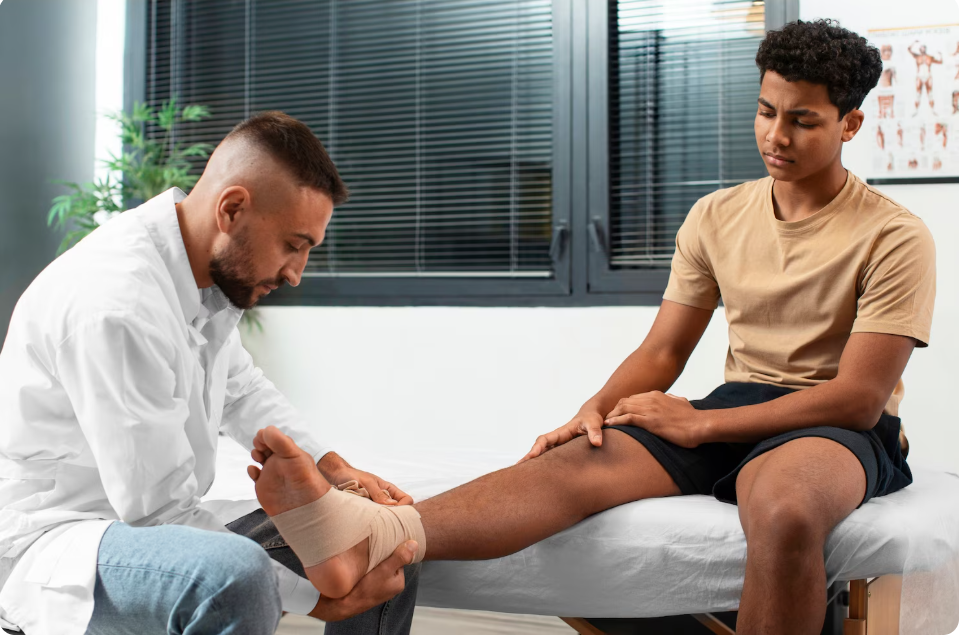Knee arthritis is one of the most common causes of chronic joint pain, affecting millions of adults in the U.S. As the cartilage that cushions your knee joint wears down, simple activities like walking, climbing stairs, or even standing for long periods can become painful. The good news is that there are many effective ways that can help if you are wondering how to treat knee arthritis — from lifestyle changes and at-home care to advanced, non-surgical procedures.
Understanding Knee Arthritis
The two most common types of knee arthritis are osteoarthritis (caused by wear and tear of the joint cartilage) and rheumatoid arthritis (an autoimmune condition that leads to joint inflammation). Both can cause:
- Pain and stiffness
- Swelling around the joint
- Grinding or popping sensations
- Limited range of motion
Early treatment is key to slowing down joint damage and maintaining your mobility.
1. Start with Lifestyle Changes
Small adjustments can make a big difference in managing symptoms:
- Maintain a healthy weight: Extra weight puts added stress on the knee joints. Losing even 10 pounds can significantly reduce pressure and pain.
- Stay active: Low-impact exercises like swimming, cycling, and yoga can strengthen muscles around the knee and improve flexibility.
- Use supportive footwear: Proper shoes or orthotic inserts help align your joints and reduce strain.
2. Try At-Home Remedies
You can often manage early arthritis pain at home with simple remedies:
- Heat and cold therapy: Applying heat helps relax stiff joints, while cold packs reduce swelling.
- Over-the-counter pain relievers: Non-prescription anti-inflammatory medications (like ibuprofen or naproxen) can temporarily ease discomfort.
- Joint supports or braces: These can help stabilize the knee and reduce stress during movement.
3. Explore Physical Therapy
A licensed physical therapist can design a personalized plan to strengthen your legs and improve balance. Regular sessions help relieve stiffness, prevent further joint damage, and improve walking patterns.
4. Consider Advanced, Non-Surgical Treatments
If pain persists despite lifestyle changes, minimally invasive procedures can offer relief without major surgery.
- Hyaluronic acid injections help lubricate the joint and improve movement.
- Corticosteroid injections reduce inflammation and swelling.
- Genicular Artery Embolization (GAE) — a cutting-edge, non-surgical procedure that targets inflammation in the knee by blocking tiny blood vessels causing pain. Patients often experience long-lasting relief and improved mobility without hospital stays or long recovery times.
(GAE is available at USA Pain Centers and performed by board-certified interventional radiologists.)
5. When Surgery Becomes Necessary
If conservative and non-surgical treatments no longer provide relief, knee replacement surgery may be recommended. However, this option is usually reserved for severe cases where joint damage is extensive.
Take the Next Step Toward Pain-Free Living
Knee arthritis doesn’t have to control your life. Early diagnosis and the right treatment plan can help you move freely again.
